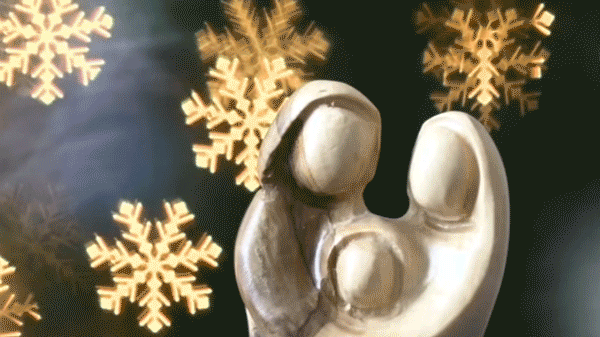How to add a touch of frost to landscapes
Give your photos a good frosting and turn the mundane into the magical
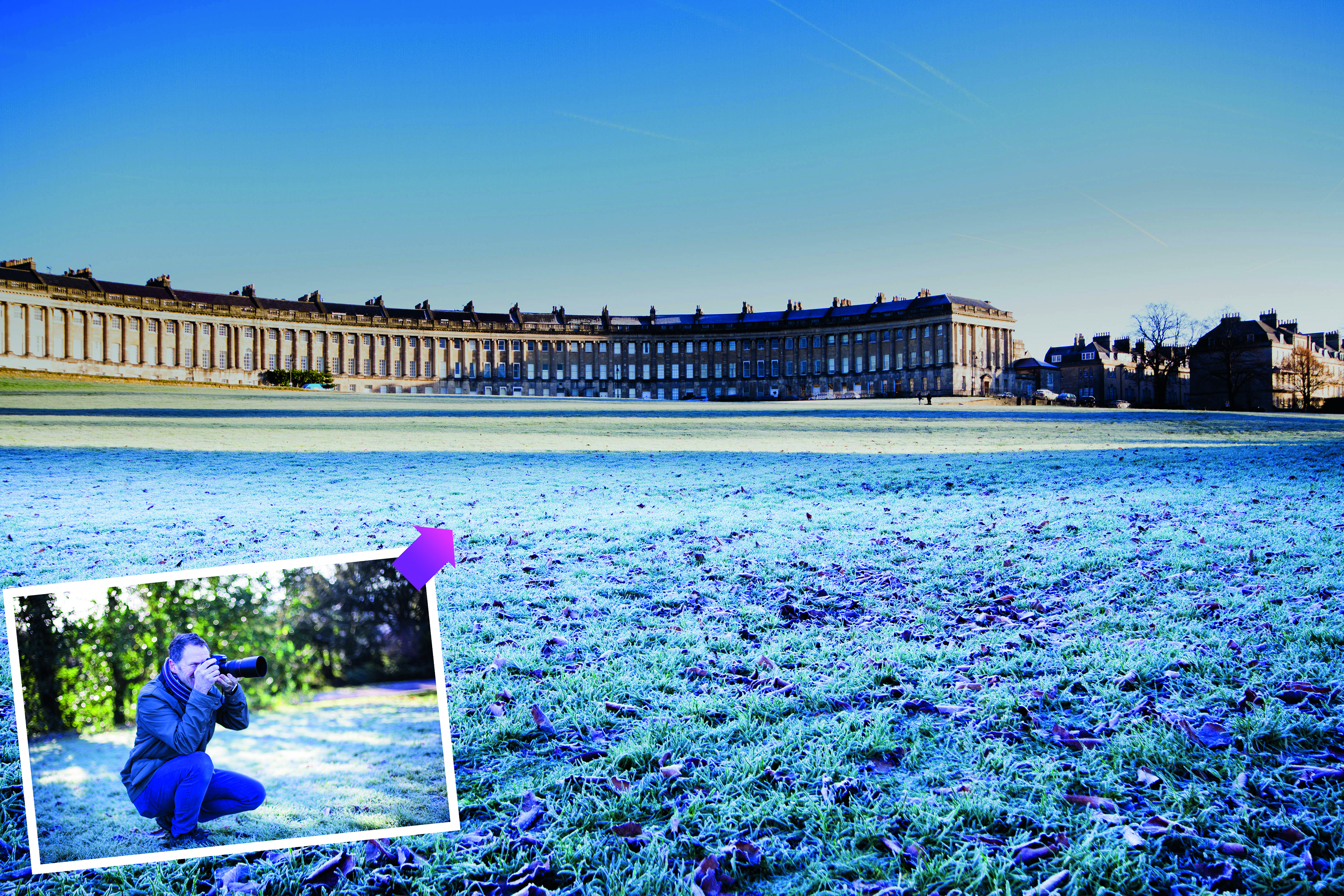
Photograph a range of subjects on a frosty winter’s morning
Time needed: Half a day
Skill level: Intermediate
Kit needed: Standard zoom, wide-angle or macro lens • Lens hood • Tripod • Reflector
Venturing out into sub-zero temperatures while Jack Frost is nipping at your nose might not sound all that appealing, but morning frost offers a myriad of opportunities for the photographer. Landscapes are transformed with a glistening sparkle, ice forms impossible abstract patterns, and a coating of ice crystals gives everyday objects an extraordinary look.
Frost forms when overnight temperatures fall below zero. Moisture in the air freezes on cold surfaces, forming weird and wonderful shapes in the process. Get up early and head out while it’s still dark as the rising sun will melt ice rapidly, and you’re better off heading out into open areas, such as fields and parks, rather than woodlands, as the canopy can prevent frost from forming. Frost lasts longer in shaded areas, but you may need to use a reflector to bounce light back into the shot to add that sparkle.
All that bright white frost can fool your metering system into underexposing, so be prepared to dial in around one stop of positive exposure compensation on your DSLR, but check the histogram to ensure you have nailed the exposure. A cooler white balance setting will help emphasize the cold feel of your shot too.
Subjects are many and varied. Shooting landscapes with side light helps give depth to the frosty foliage in the foreground. Close-ups of leaves and berries show beautiful icy detail. And ice forming on water – or even car windscreens – takes on fractal-like properties. So wrap up warm, glove up, and get out of bed early on the next frosty morning.
THE FROST REPORT: Get set for sub-zero shots
Ensure that you and your gear are all set up to photograph the morning frost
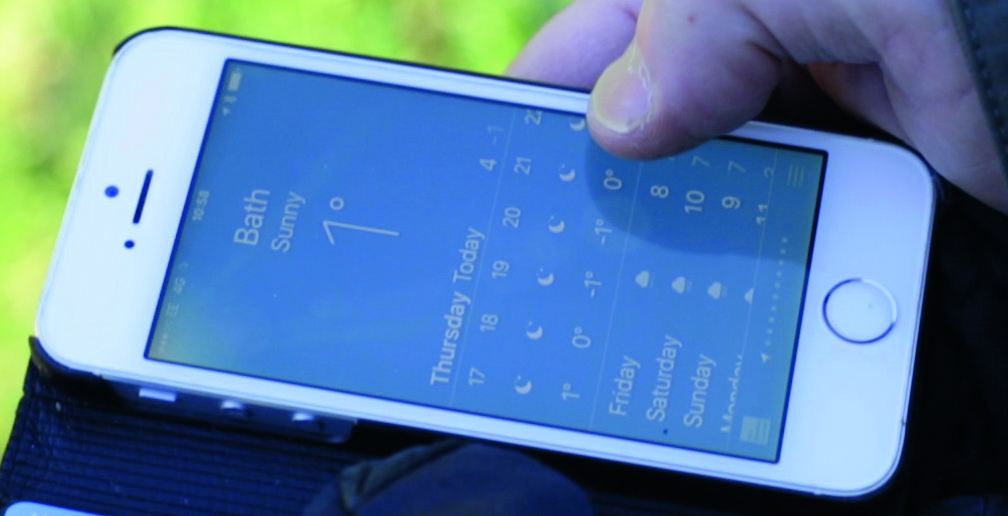
Condensation can form on kit when brought in from the bitter cold to a warm environment, so let it acclimatize in your bag for a while
01 STUDY THE WEATHER
A sunny winter’s day followed by a clear night means that overnight temperatures will plummet, increasing the chances of ice forming. The colder the night the heavier the frost, and if the temperature remains near freezing the following day, the longer the frost will last.
The best camera deals, reviews, product advice, and unmissable photography news, direct to your inbox!
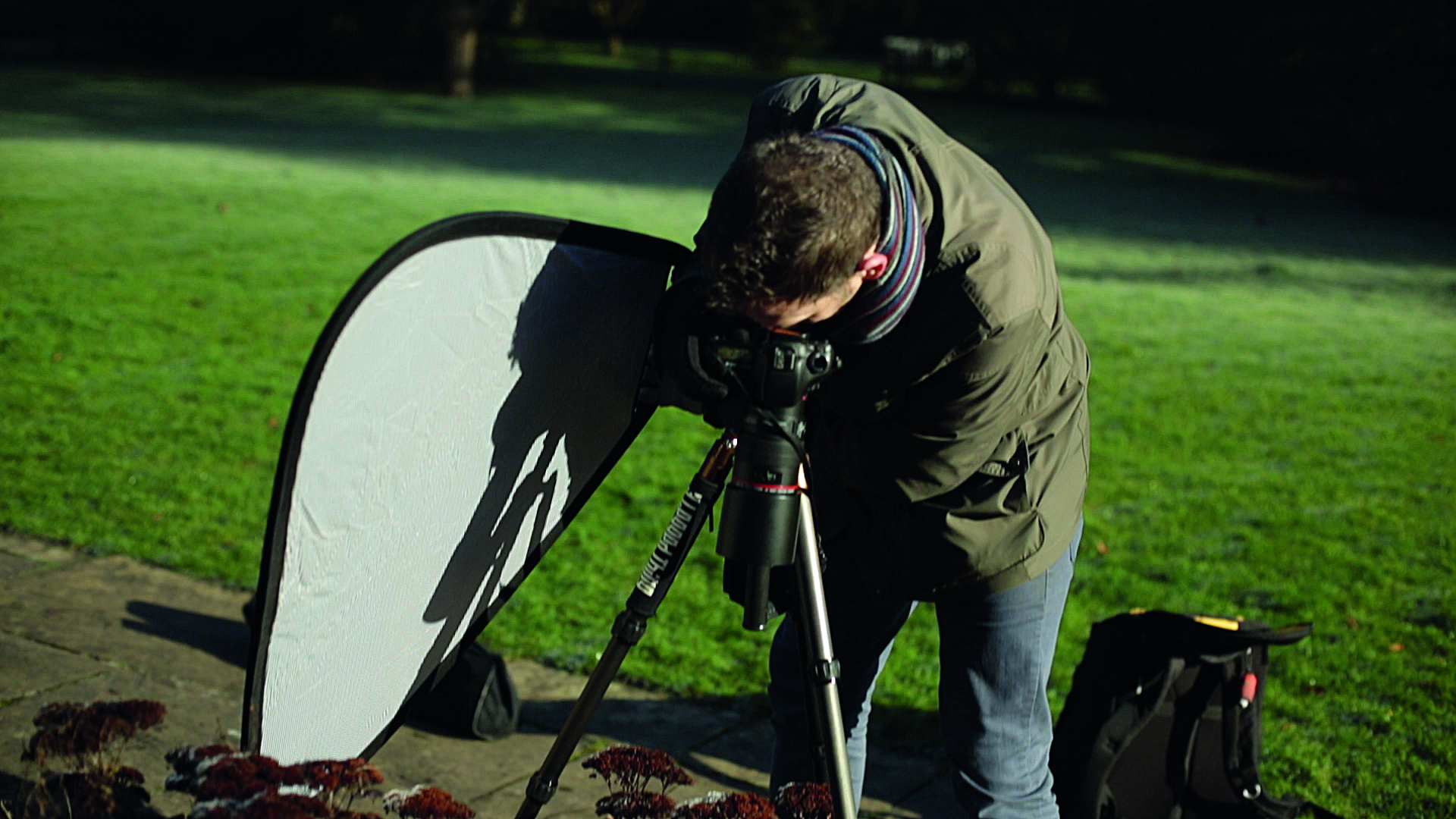
02 ESSENTIAL KIT
A kit lens will do for most shots, but wide-angle is good for landscapes and macro for detailed close-ups. A lens hood is vital to shield your front element from flare, and a tripod when light levels are low. A reflector is useful for bouncing light back onto shaded subjects.
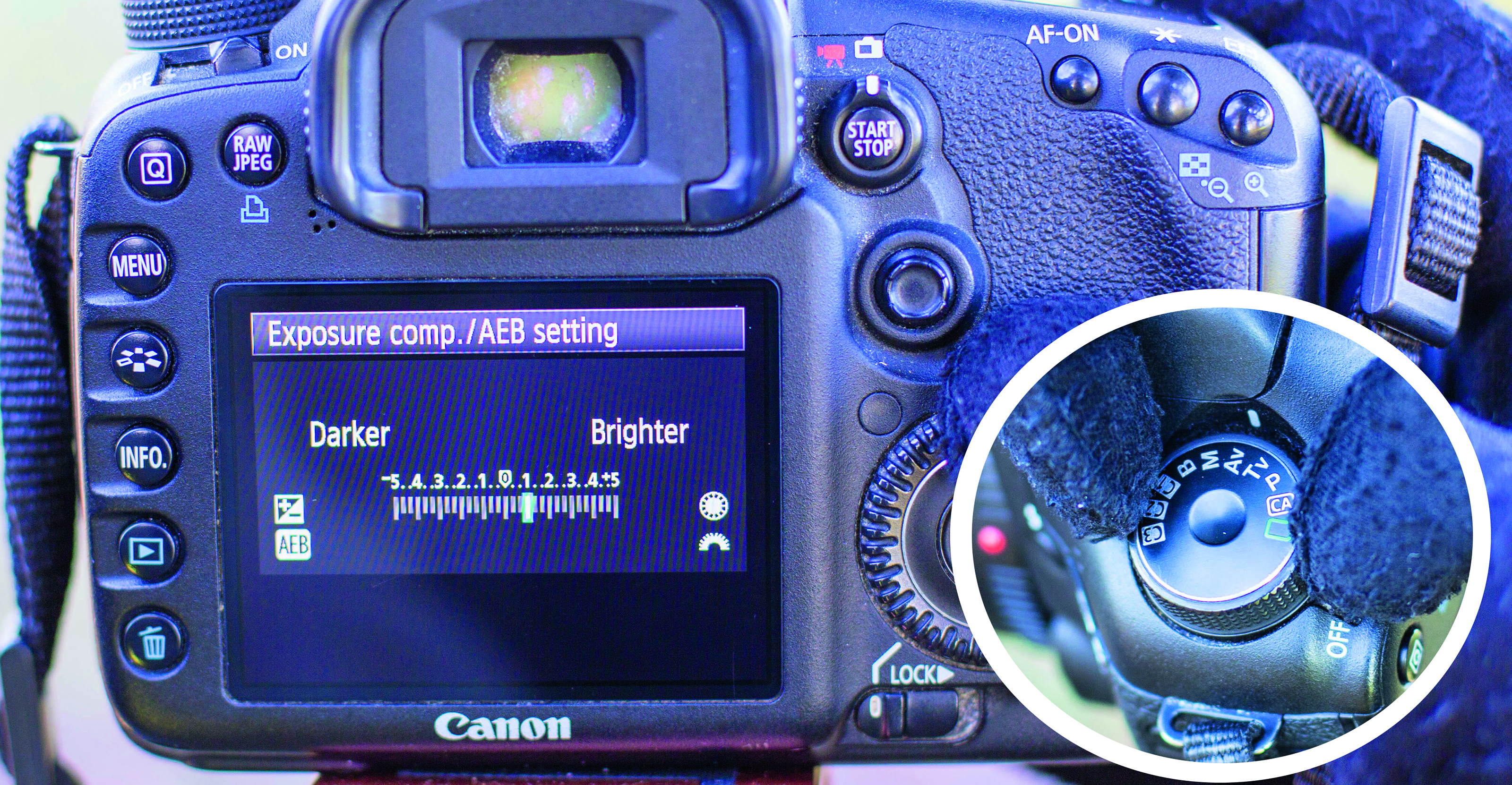
03 CAMERA SETTINGS
Set a narrow aperture for wide and macro shots, or a shallow aperture to separate more distant subjects from their backdrops. Your camera’s metering system can be tricked by frost, so be prepared to dial in positive exposure compensation to brighten shots up.
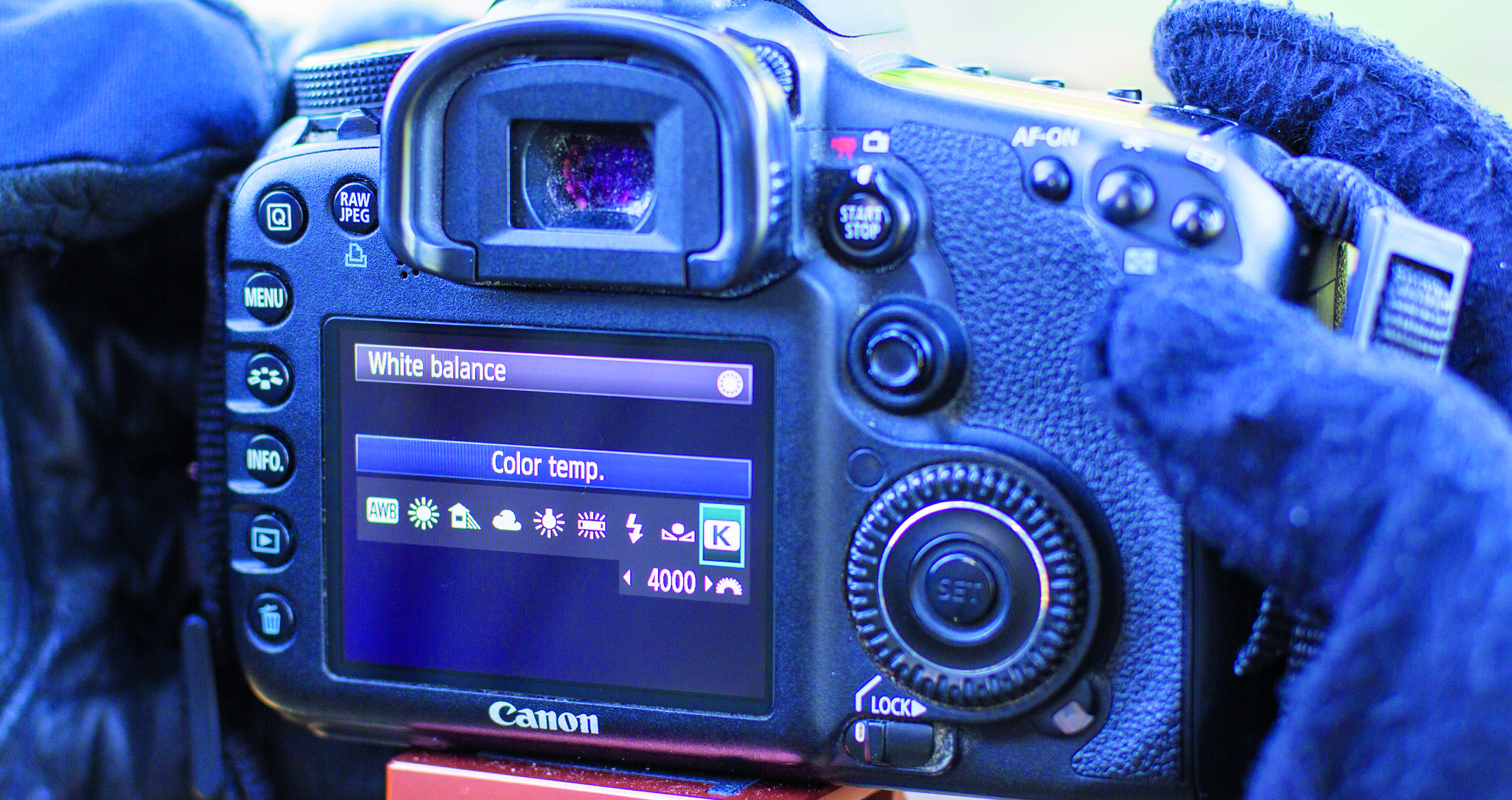
04 WHITE BALANCE
Dialling down the white balance adds a cool blue tint to your images that accentuates the wintry feel. Select the Kelvin option and enter a value of around 4000 by rotating the Main dial – if shooting Raw you can adjust this during the post-production stage.
ICE AND EASY: Some ideas to get you going

01 MACRO MAGIC
Get in close with a macro lens to reveal intricate detail. We set our tripod pointing straight down, then positioned our leaf so the veins cut diagonally across the frame.
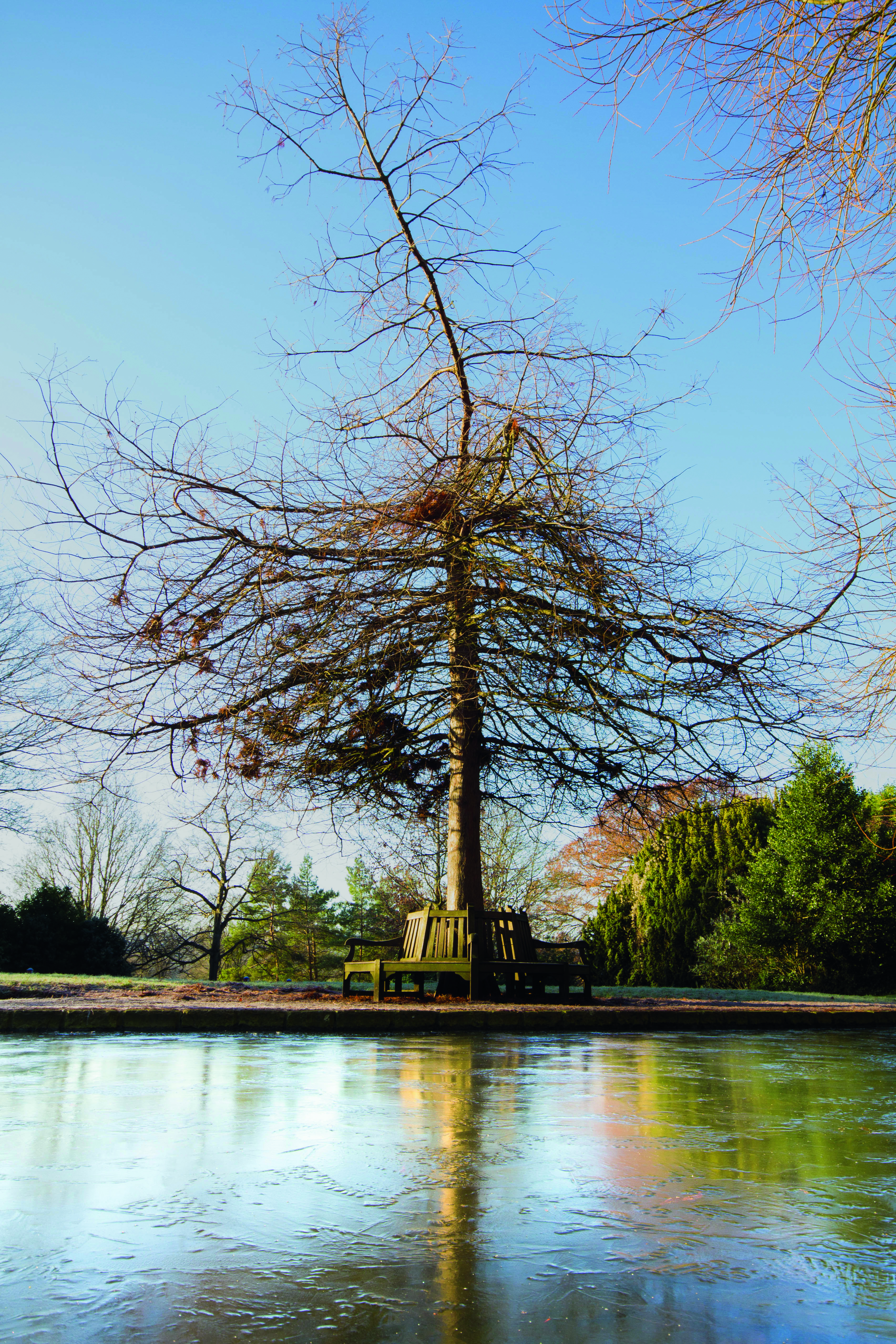
02 REFLECT ON THIS
When lakes or ponds freeze they create a highly reflective ripple-free yet distorted surface, so use these to mirror focal points for interesting compositions.
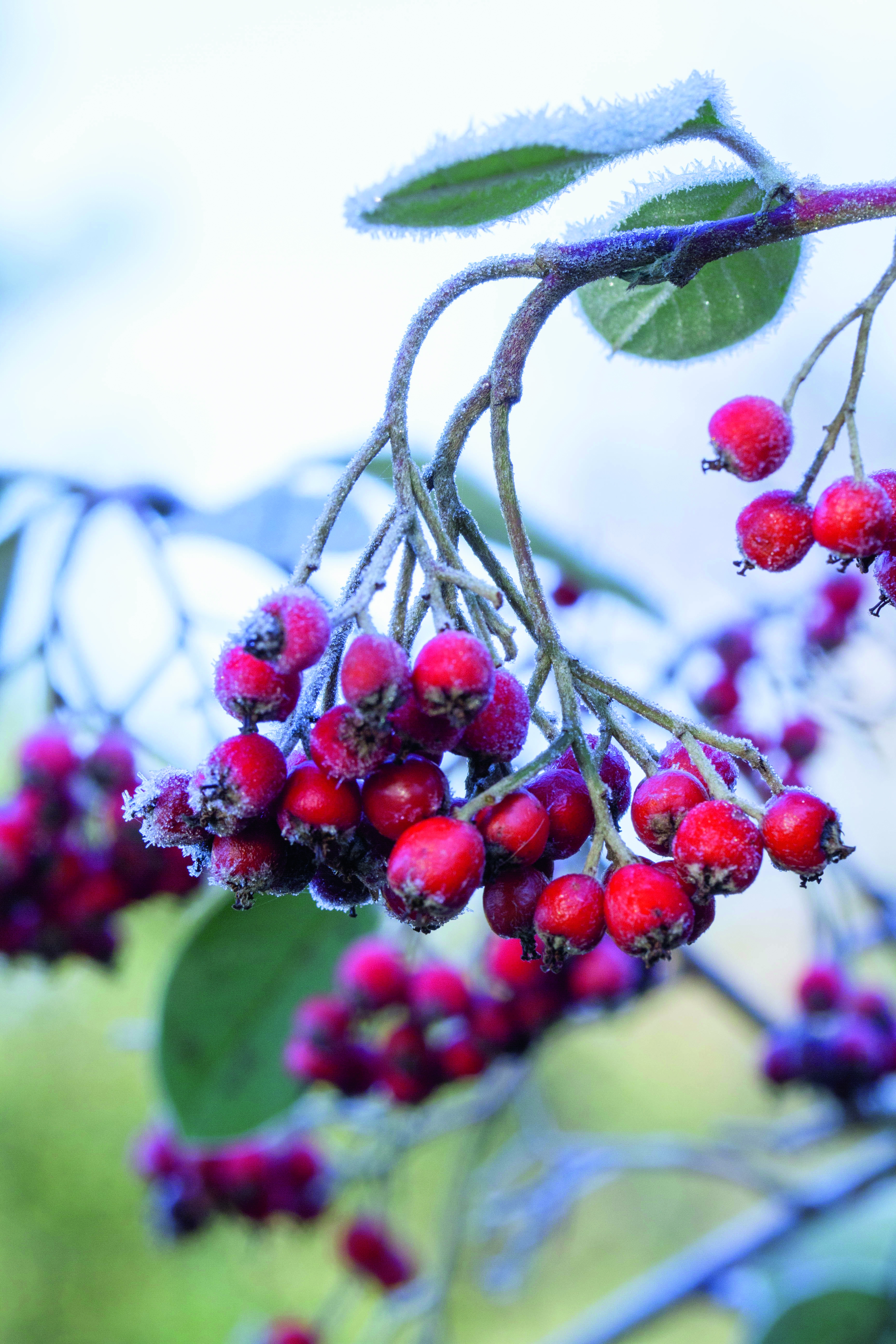
03 FROSTY FRUITS
Red berries and green foliage are particularly vibrant when covered with a dusting of ice. If you can’t get close for a macro shot, widen the aperture to blur the background.

04 BOUNCE LIGHT IN
The sun had melted the ice on one side of this plant, but the frosty side was in shadow and looked dull; we used a reflector to bounce light back in and brighten it up.
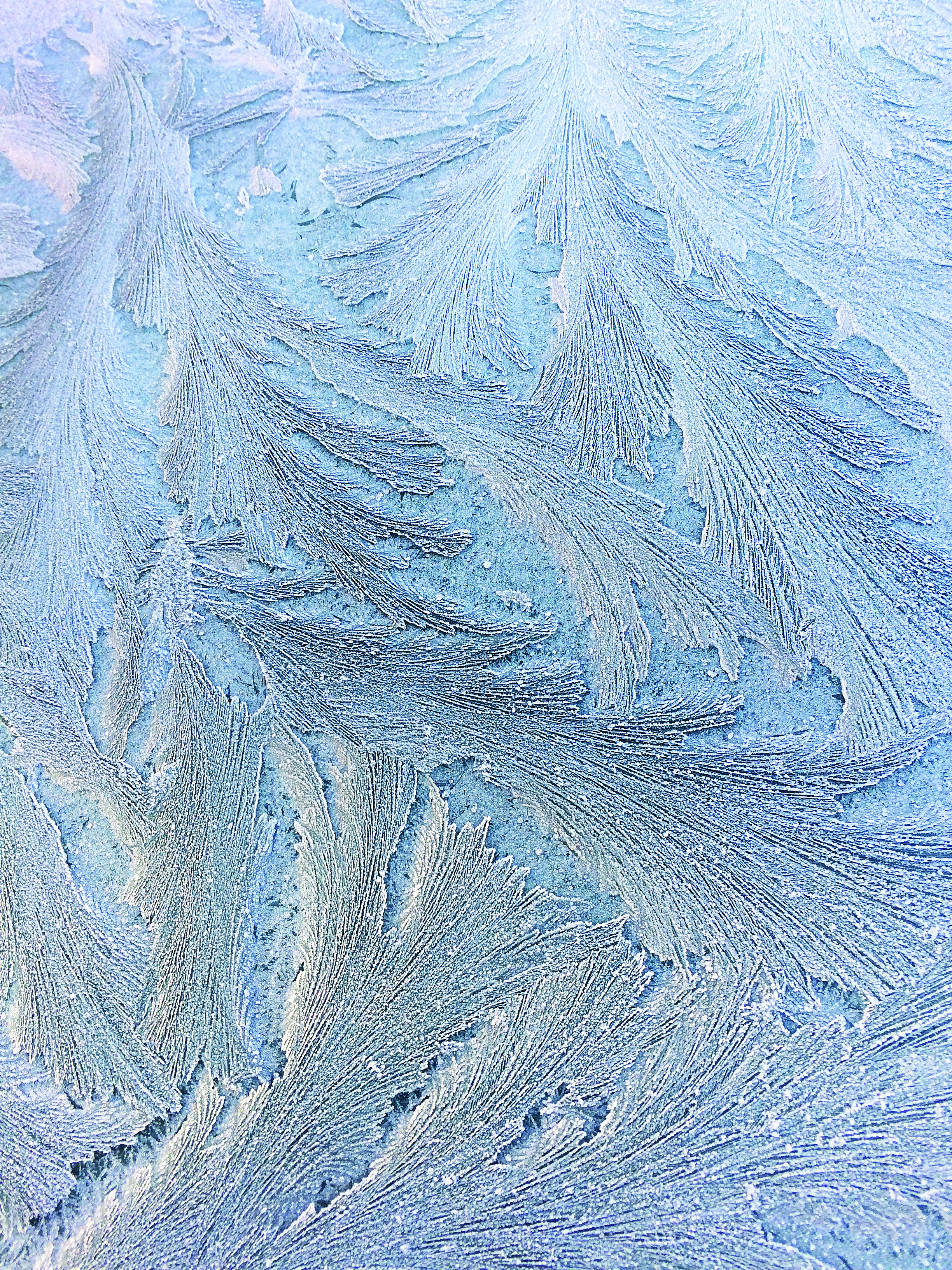
05 AMAZING ABSTRACTS
A heavy frost can create the most wonderful abstract patterns to form on cold surfaces. These fractal-like ice structures formed on a car windscreen.

Prior to joining digitalcameraworld.com as Guides Editor, Adam was the editor of N-Photo: The Nikon Magazine for seven years, and as such is one of Digital Camera World's leading experts when it comes to all things Nikon-related.
Whether it’s reviews and hands-on tests of the latest Nikon cameras and lenses, sharing his skills using filters, tripods, lighting, L brackets and other photography equipment, or trading tips and techniques on shooting landscapes, wildlife and almost any genre of photography, Adam is always on hand to provide his insights.
Prior to his tenure on N-Photo, Adam was also a veteran of publications such as PhotoPlus: The Canon Magazine, so his wealth of photographic knowledge isn’t solely limited to the Big N.

